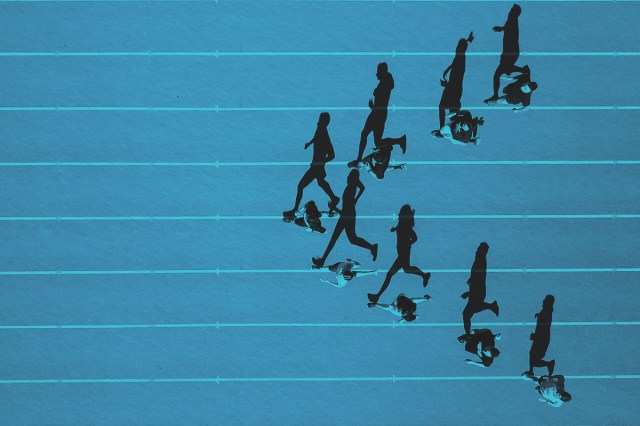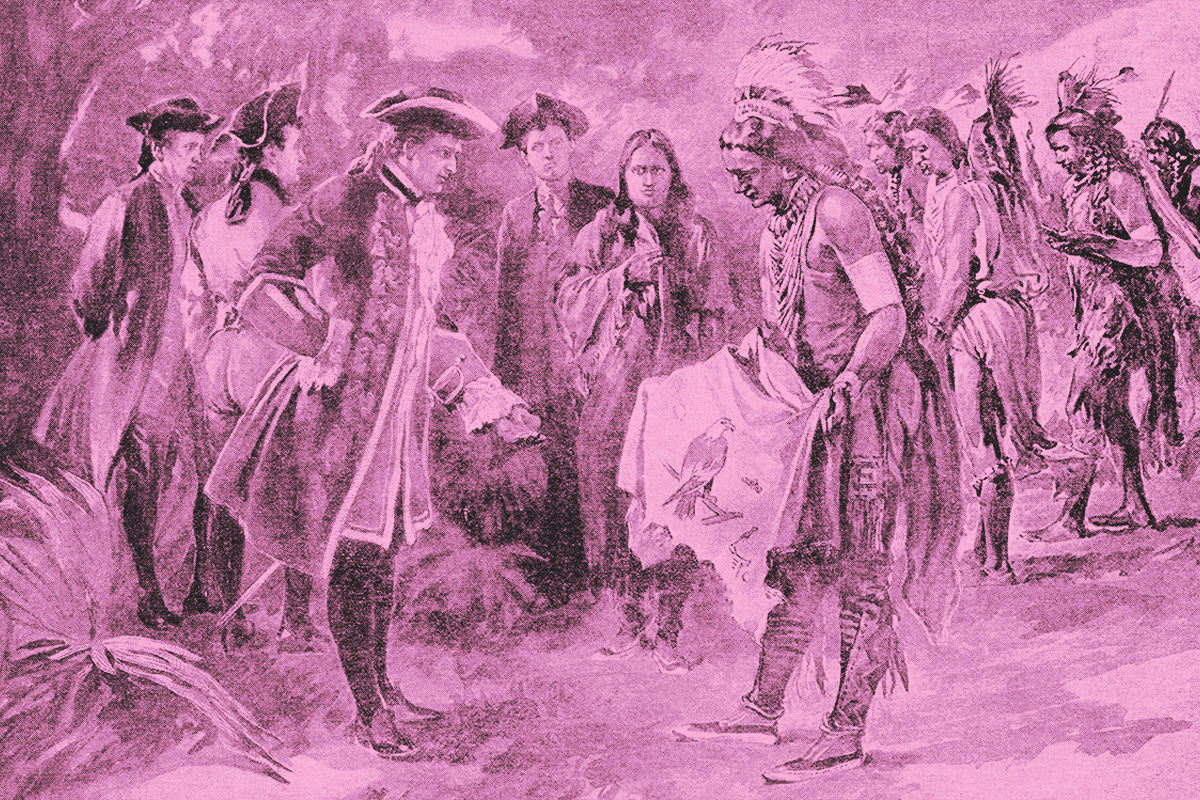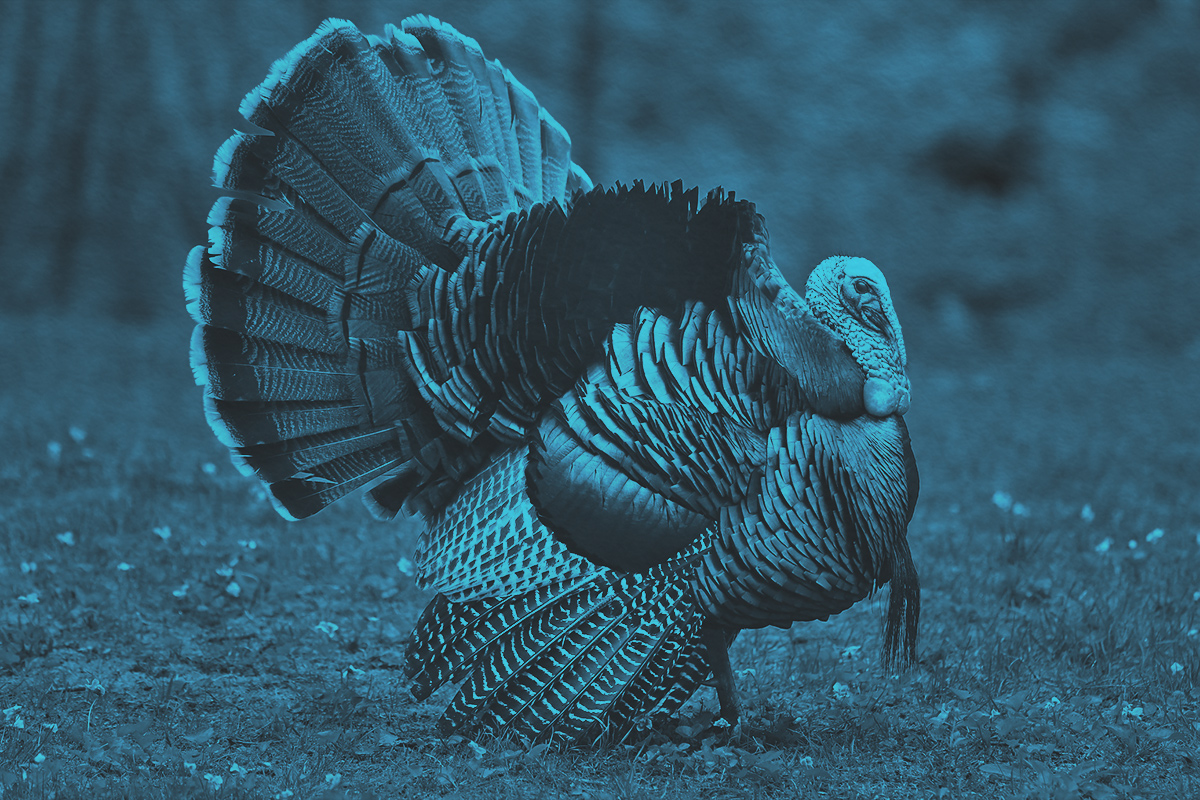
Various tools and units of measurement have served ancient and modern civilizations alike in helping to build, travel, and develop land. The earliest measurements were often based on materials directly available to people — namely, body parts and nature. But discrepancies arose from there. For instance, one person’s hand might be larger than another’s, so one man’s “12 hands” could be very different from his neighbor’s. As more precise measurements were needed, units of measurement were standardized. While the various amounts changed over time, we still use many of these early words for measurements today.
The human body has always been an easily accessible measuring tool, but over time, some standard measurements have been added to the definitions.
- “Foot” has been used since medieval times to measure approximately the length of a man’s foot. It was standardized in the United States in relation to a meter as part of the Metric Act of 1866 and later the Mendenhall Order of 1893, which said that 1 foot equals 0.304801 meters.
- “Inch” comes from the Latin uncia, meaning “a twelfth part” — apropos since 1 inch is 1/12 of a foot. At first an inch was roughly equal to the width of a man’s thumb, but in 1324, King Edward II declared it to be equal to three grains of barley lined up end to end.
- “Span” is the length of a spread hand measured from the tip of the little finger to the tip of the thumb. The Romans (and later the English) considered this to be roughly 9 inches, while the Greek span was only 7 inches, as they measured the thumb to the forefinger. That pales in comparison to some modern spans — for NBA legend Michael Jordan, a span is equal to 11.375 inches.
- “Yard” was initially the width of a man’s waistline. This evolved from the 12th century, when King Henry I determined that a yard was the distance from his nose to his thumb when his arm was outstretched. As for the word “yard,” it’s derived from the Middle English yerd, meaning “stick” or “rod.”
- “Handbreadth” is the width of the average hand, generally accepted to be anywhere between 2.5 and 4 inches. Its etymology is quite literal, as it refers to the breadth (or width) of a hand.
- “Pace” is the length of one step, while “double pace” is a step with each foot. The word came about in the late 13th century, from the Old French pas, meaning “a step.”
- “Cubit” is a body-related unit of measurement that may have originated in ancient Egypt around 3000 BCE. One cubit equals the space between the tip of one’s elbow and the tip of the middle finger, which is generally around 18 inches.
While the metric system is commonly used in Europe, the British also use a supplemental system of measurement known as the imperial system, which was adopted through the British Weights and Measures Act of 1824. It replaced the Winchester system, which was in use from about the 15th century. Imperial measurements were based on nature and everyday activities and, similar to ancient measurement systems, on the human body. As agriculture expanded in England, larger measurements were needed.
The imperial system established some new terms and units of measurement for area, in particular.
- 1 thou = 1/1,000 of an inch
- 1 barleycorn = 1/3 of an inch
- 1 chain = 66 feet
- 1 furlong = 10 chains
- 1 league = 3 miles
- 1 perch = 272.25 square feet
- 1 rood = 40 perches
- 1 acre = 4 roods
- 1 square mile = 640 acres
While some of the etymological origins for these words are clear (e.g., “thou” being derived from “thousandth”), others require explanation. Take “furlong,” for instance — it comes from the Old English furlang, referring to the length of a furrow (trench) in a 10-acre field. “Barleycorn” comes from the aforementioned anecdote about King Edward II, who declared 1 inch equal to 3 grains of barley. “Perch” is derived from the Old French perche, meaning “unit of linear measurement,” which was equal to 5.5 yards. To get to the imperial unit of a perch, 5.5 yards times 5.5 yards equals 272.25 square feet.
Before the metric system was adopted in most European countries, the mile had origins in many languages. The Old English mil evolved into the Old Norse mila and the English “mile.” The Germanic root milja led to the Dutch mijl, the Middle Dutch mile, the German meile, and the Old High German mila. Latin-influenced languages derived from milia, with French becoming mille, Italian miglio, and Spanish milla.
While the words may have been (almost) the same, the actual distance was not standardized. In ancient Rome, a mile equaled 1,000 double paces — roughly 5,000 Roman feet, which equates to 4,860 modern feet. A medieval English mile measured 6,610 feet and the Old London mile measured 5,000 feet. Under the reign of Queen Elizabeth I, a 1593 statute did a few things for measurements: It established a shorter length for a foot, set the length of a furlong to 660 feet, and set the length of a mile to 8 furlongs, or 5,280 feet, which remains today.
Fun fact: In Middle English, a mile was also a measurement of time of about 20 minutes, which was roughly how long it took to walk a mile.





















